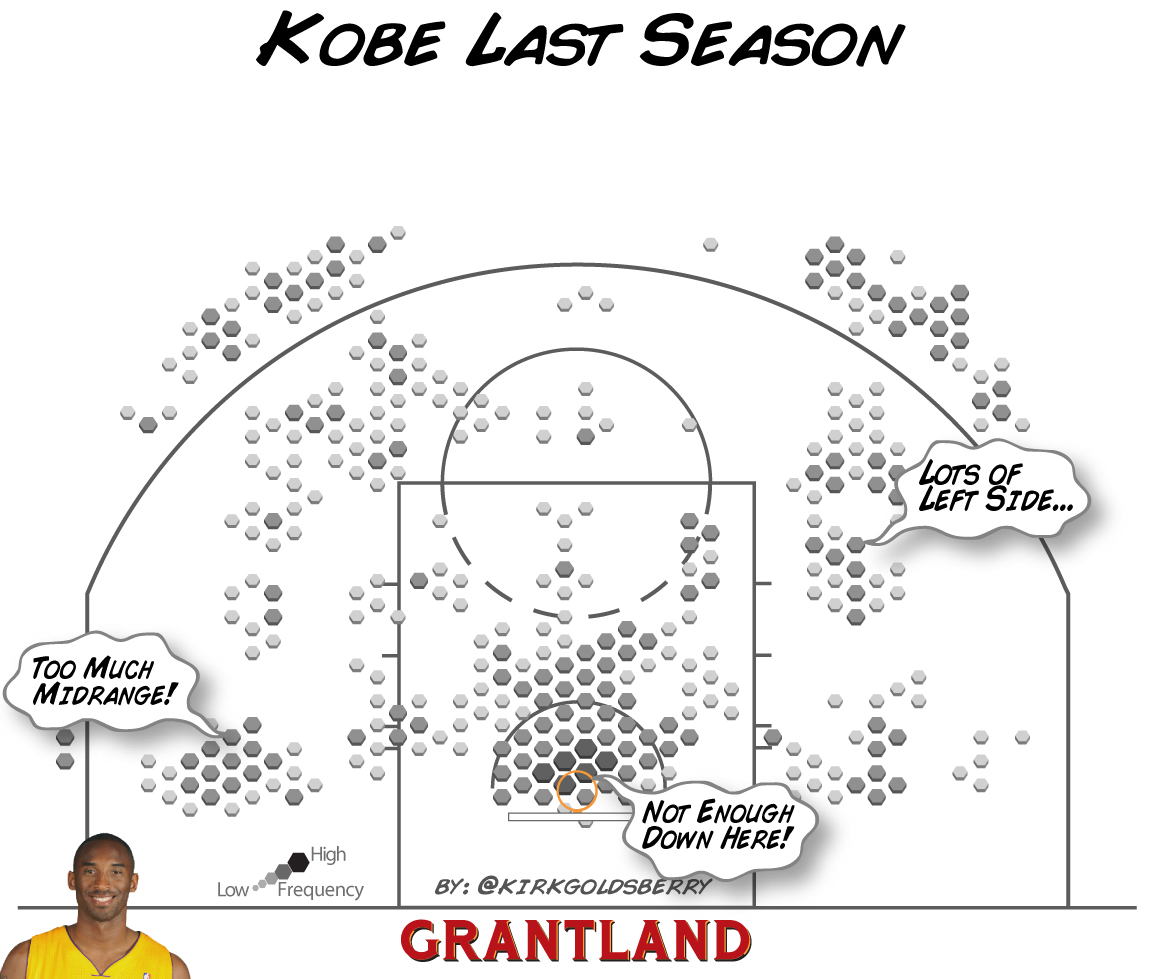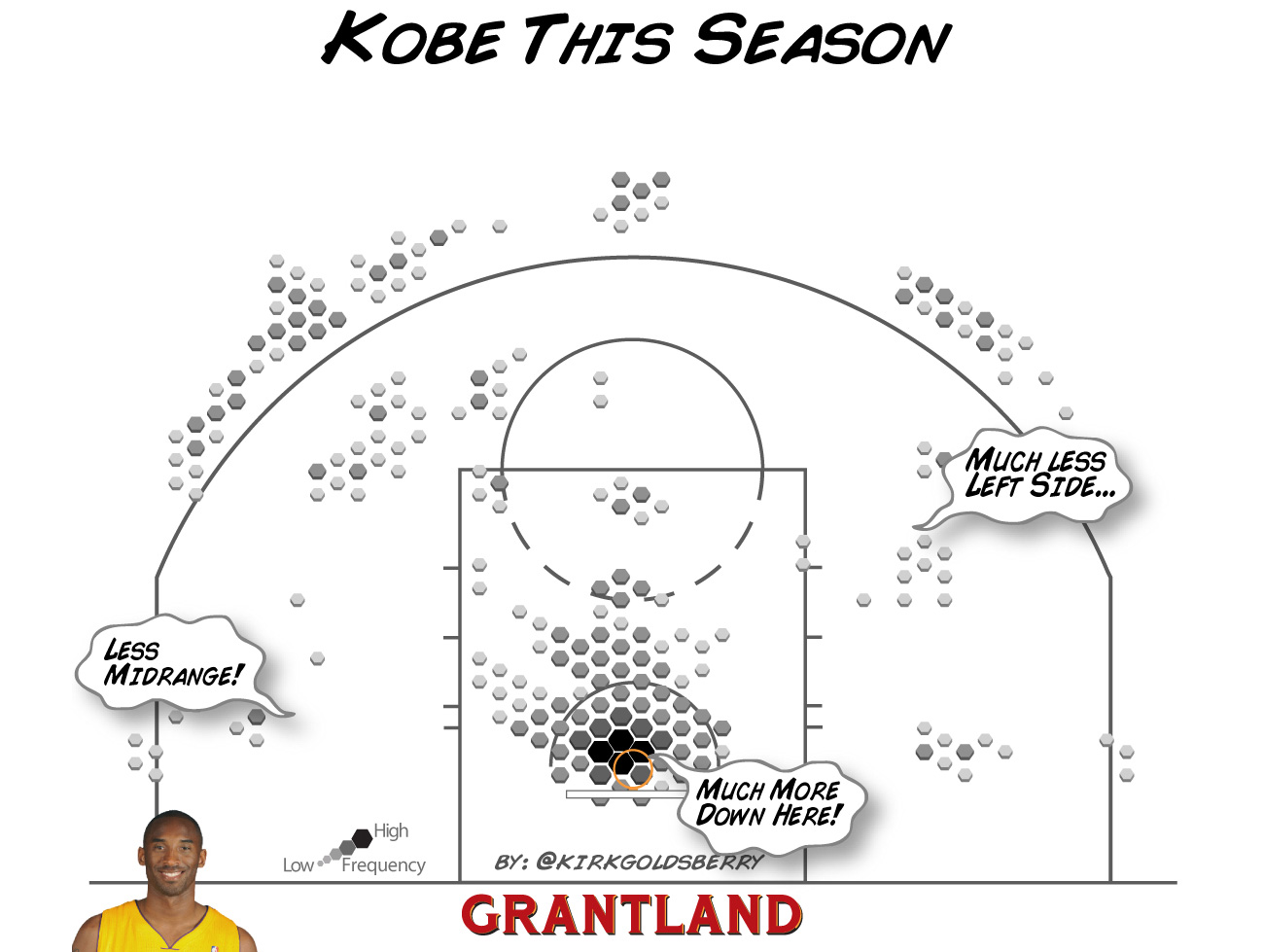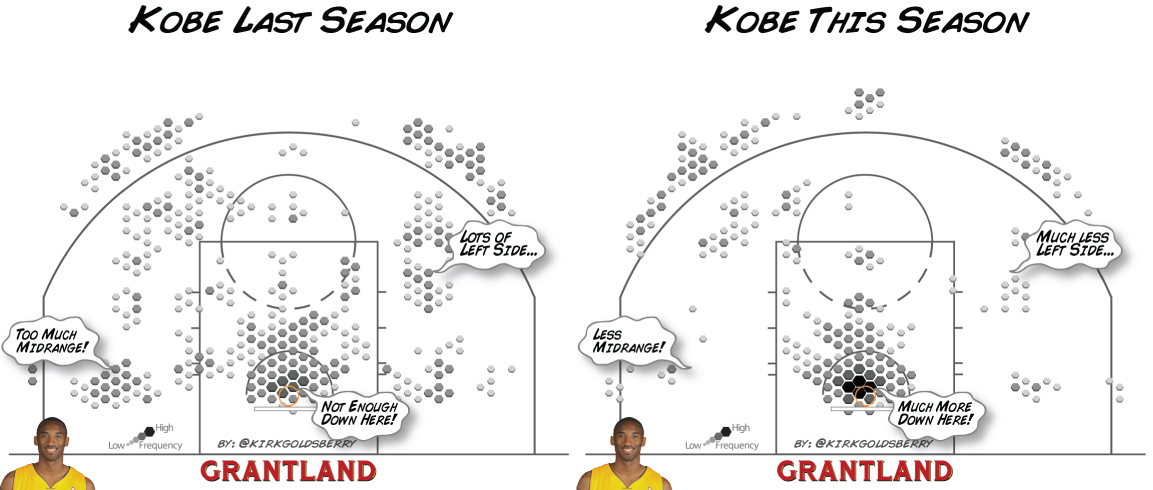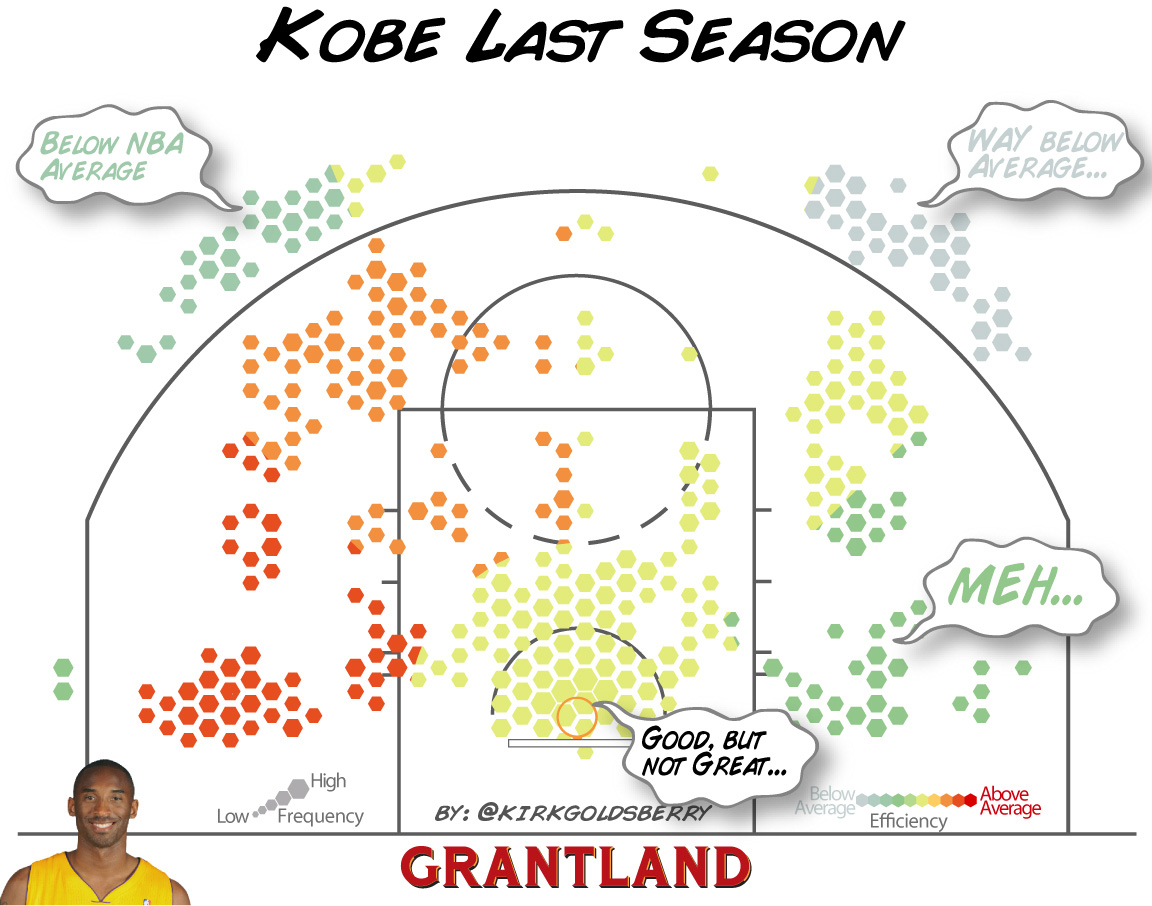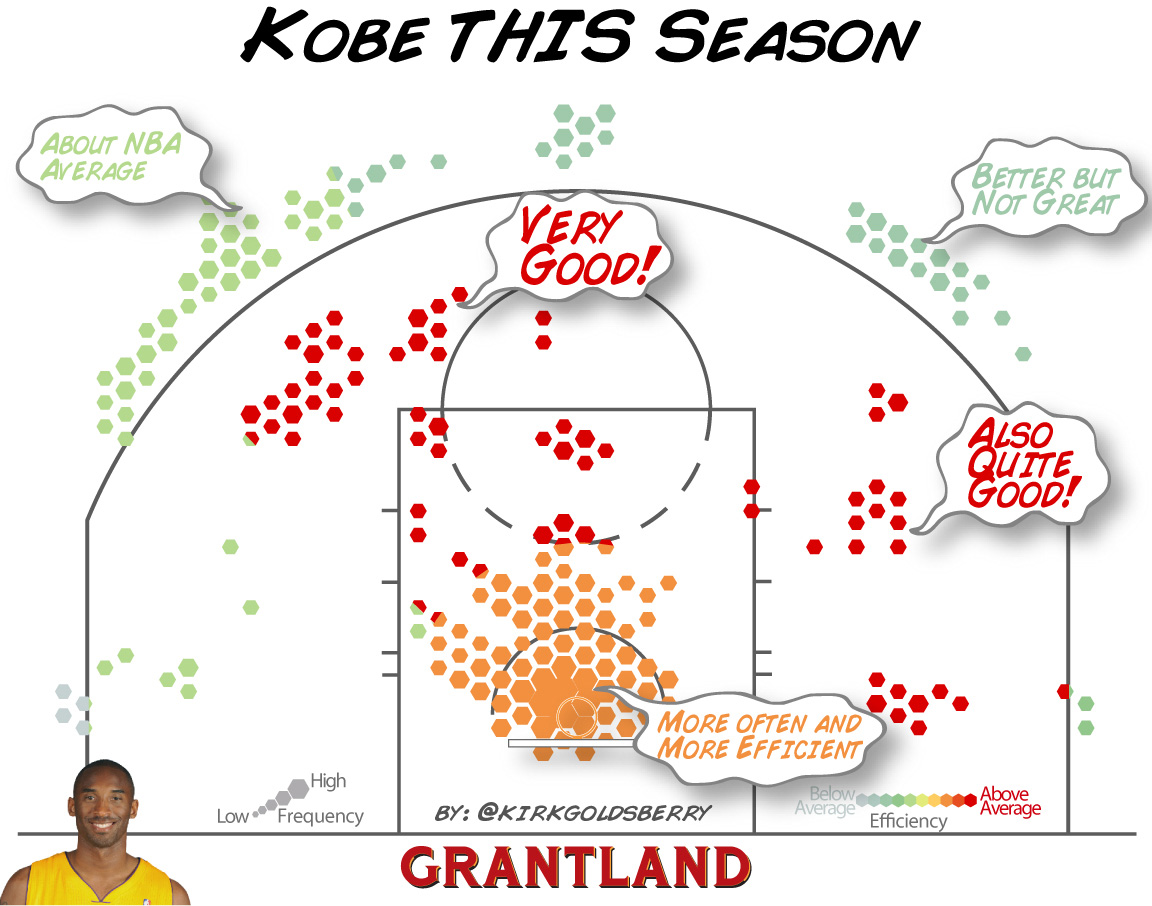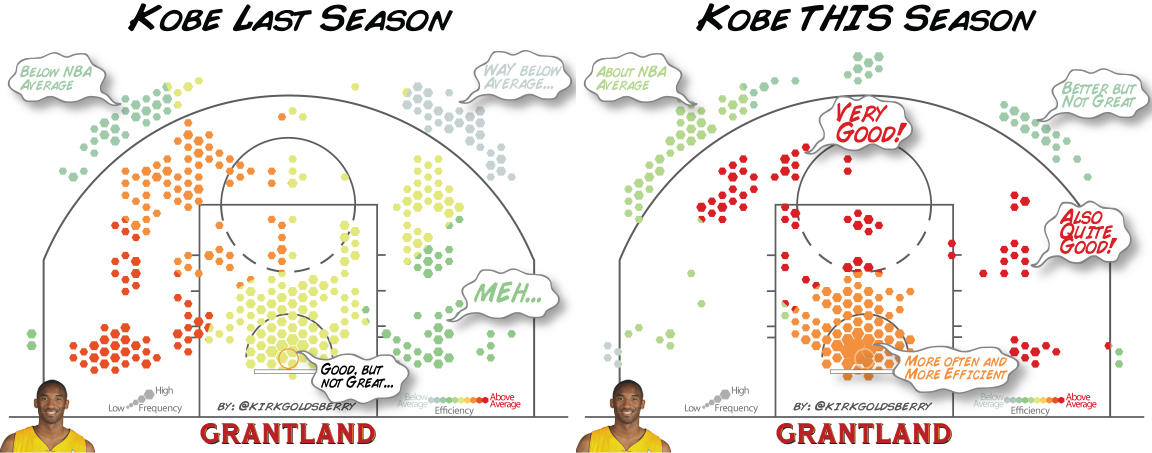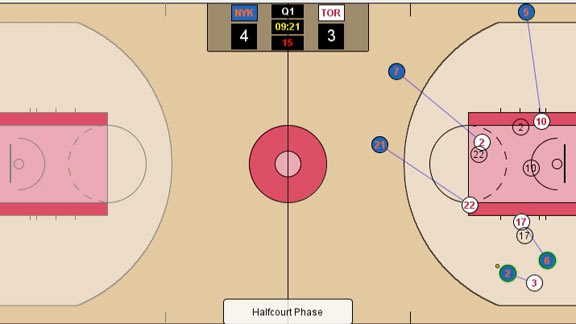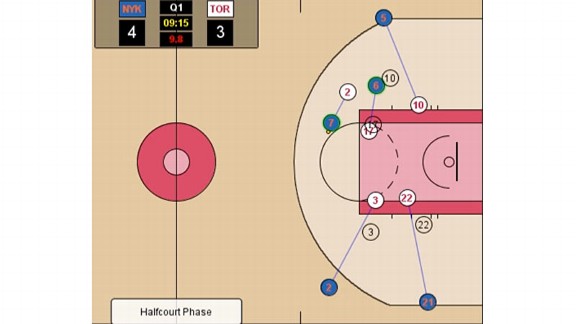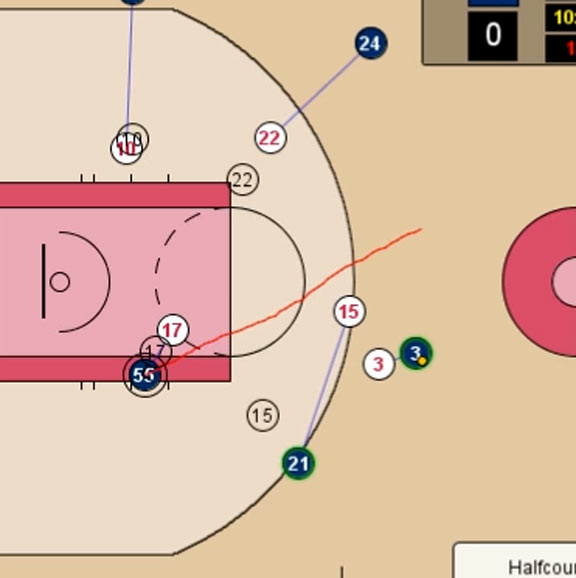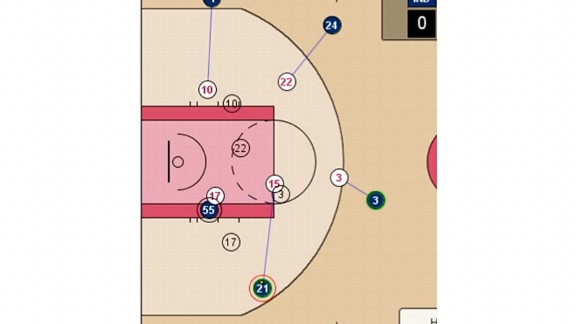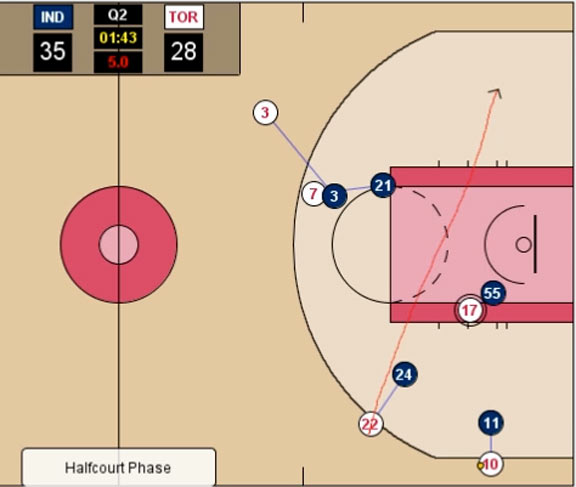- 85,462
- 111,537
- Joined
- Sep 5, 2010
Thanks for reminding me:
@jphanned Rudy Gay missed his last nine shots, now 9-36 (25%) in the clutch -- last 3 mins, +/- 3 pts. Keep shootin' it tho.


 Those are the stats I can't put my head around.
Those are the stats I can't put my head around.